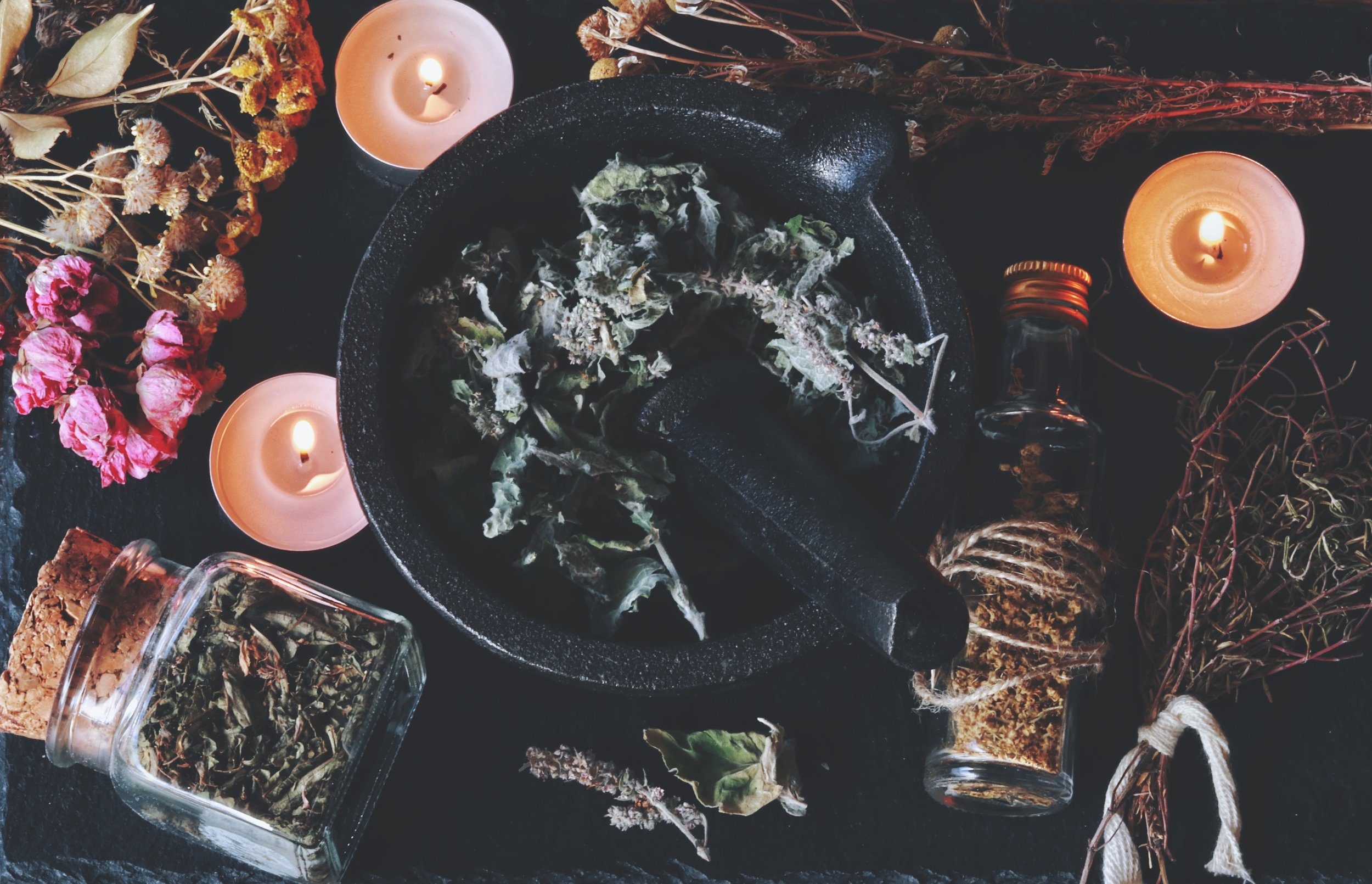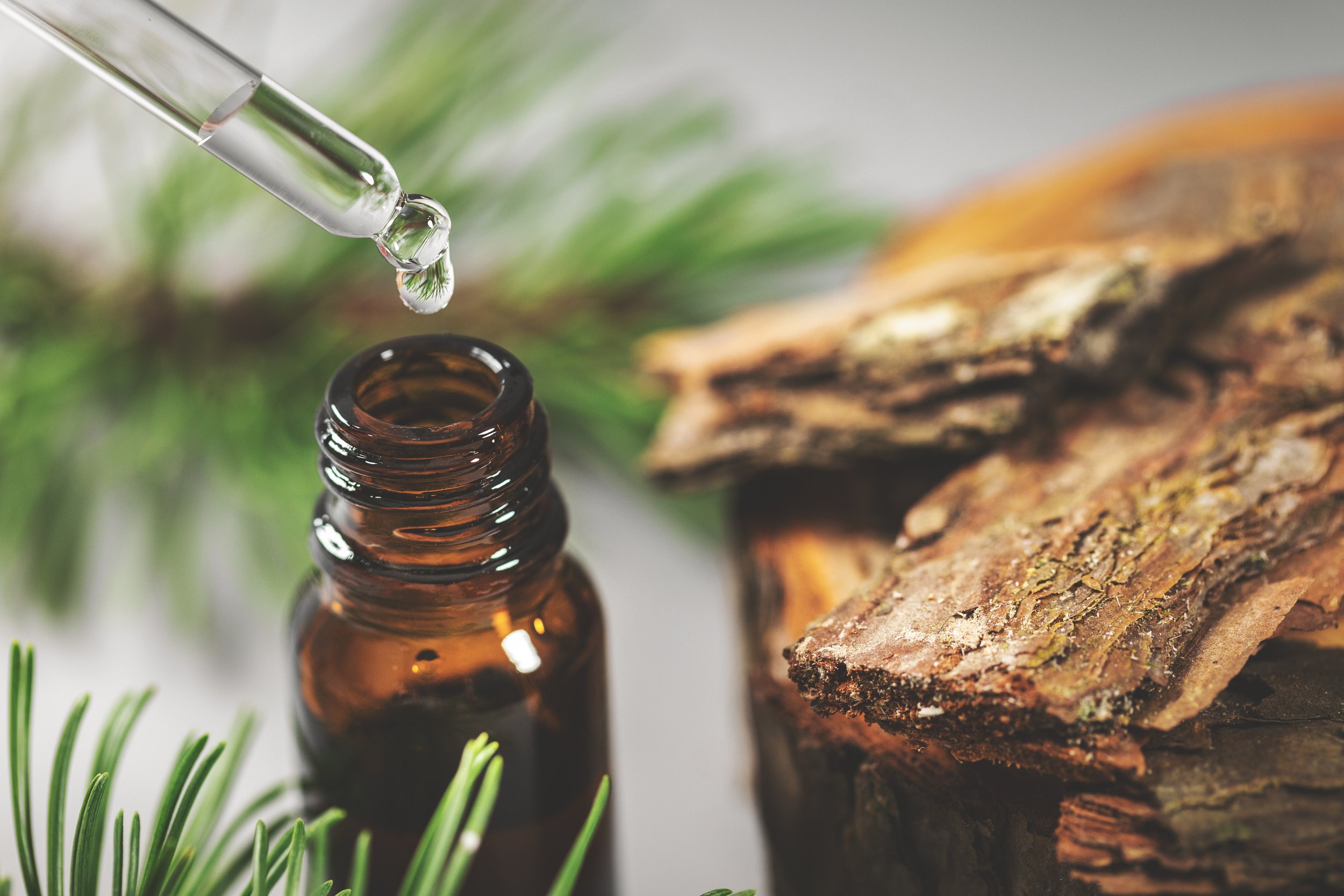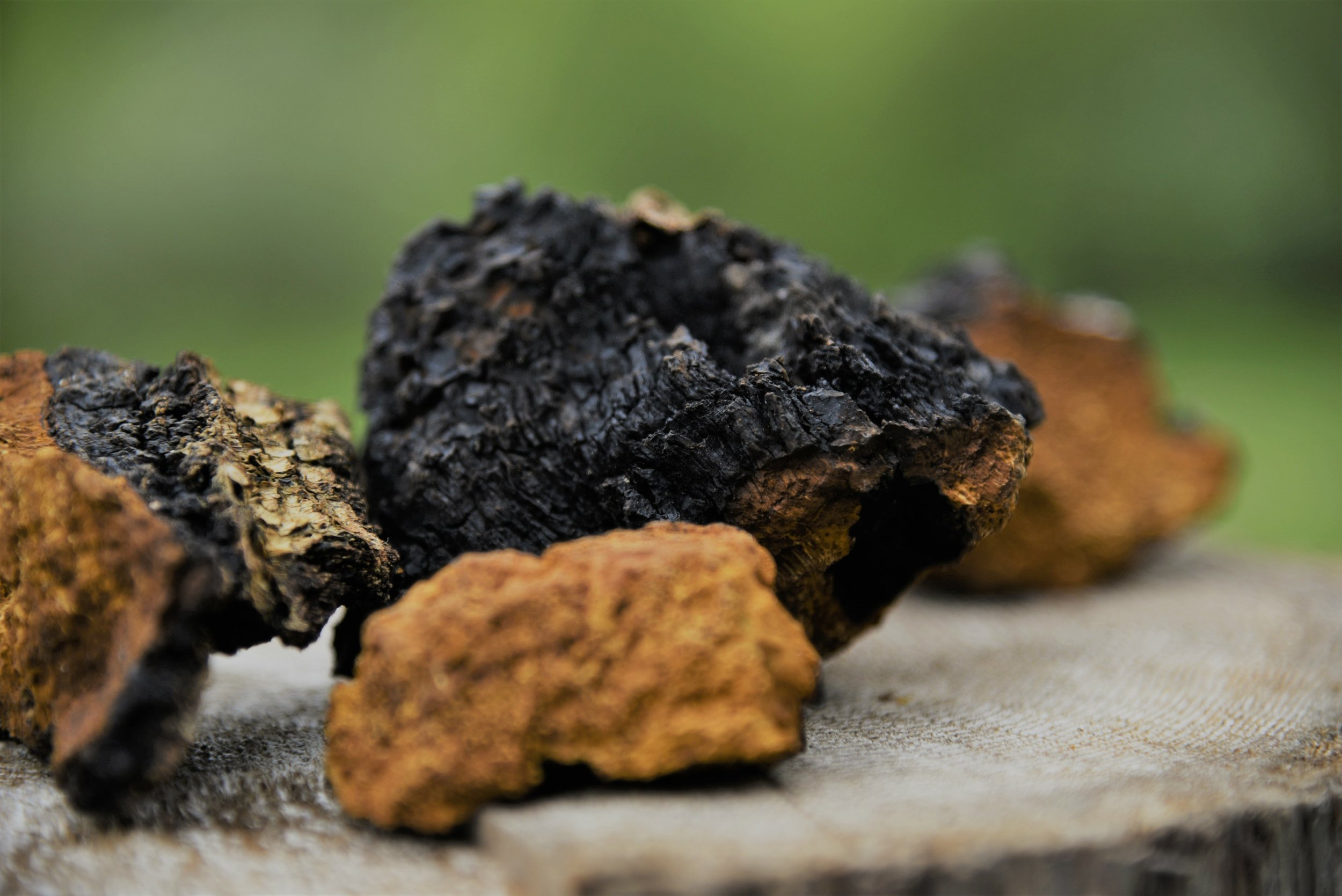Apothecary
Apothecary is derived from the Greek word ‘apotheca’, meaning a place where wine, spices, and herbs were stored. In the 13th century it was used to describe anyone who stocked and sold these items. In the 16th century, it mainly referred to a person who made and sold substances for medicinal purposes. It’s still a term occasionally used, mostly in the United Kingdom, to describe a pharmacy or pharmacist. Though in the United States the term is more often associated with times before modern medicines and pharmaceuticals, when most medicines were made from botanicals.
Nowadays ‘apothecary’ (especially in the US) most commonly refers to an herbalists shop or store of herbal medicines and where they are prepared. We also like the term because it feels whimsical and old timey.
Tinctures
•
Oxymels
•
Vinegar Tonics
•
Infused Honeys
•
Dried Herbs
•
Salves
•
Oil Infusions
Tinctures • Oxymels • Vinegar Tonics • Infused Honeys • Dried Herbs • Salves • Oil Infusions
What is this Witch Craft?
Tinctures.
A tincture uses some type of alcohol to extract beneficial compounds from the plants. Tinctures can be made with any type of alcohol but we prefer to use vodka or grain alcohol (like everclear) so it is gluten free and has less of a flavor or taste. For more resinous plants like balsam poplar or propolis, we use grain alcohol to help break them down more sufficiently. The plants are shredded or macerated to maximize surface area, and are set to soak in alcohol for at least 6 weeks in mason jars out of the light. They are then strained into larger brown ‘growler’ bottles and put away until needed for use.
Oil Infusions.
Oil infusions are for topical use and generally for skin irritations or wounds, muscle & joint pain and headaches. EVOO (extra virgin olive oil) is the most common oil used. The plants are gathered fresh and set to wilt a few days or more to eliminate some of the moisture (oil & water don’t mix and it can also cause the oil to go bad if there is too much plant moisture in the infusion). Plant matter is then chopped or ground to maximize surface area and set to steep in the oil for at least a few months in a dark cabinet. They can also be warm-infused in a low heat source, like a crockpot, for a quicker infusion. Vitamin E oil is often added to help preserve the oil and compounds.
Salves.
Salves are also for topical use and generally for skin irritations or wounds, muscle & joint pain and headaches. For salves, various infused oils are mixed in a small crockpot and beeswax is added to help thicken. At home we often just use the oil infusions alone or blended together without the beeswax.
Oxymels & Vinegar Tonics.
An oxymel is a mixture of a vinegar tonic and honey. They honey can help certain tonics become more palatable. Additionally, honey has many health benefits as well. Some plant compounds, especially the mineral components, do not extract well in alcohol so are often preformed in vinegar. These make a refreshing and cleansing spring tonic. Shrubs and switchels, are also similar in that the plants (or fruits) are steeped and extracted in vinegar instead of alcohol and can be refreshing non-alcoholic beverage choices, used with mock-tails, or seltzer for spritzers, or as alcoholic drink mixers. Shrubs use fruit or vegetables and sometimes herbs/spices or sweetener, oxymels are herbs and honey, and switchels are made with a sweetener with a spicy kick (ginger, pepper, etc).
Dried Herbs.
Dried herbs are harvested fresh and dried to remove moisture and make them more storable. They are often used for water infusions or teas, but can also be used to make various extracts or oil infusions.
Infused Honeys.
Infused Honeys are created by letting fresh or dried flowers, herbs, or leaves soak in fresh raw honey. Over time the flavors and medicinal properties are infused into the honey itself.


FAQs
-
Distilled liquor is considered Gluten Free even when made from rye wheat barley, and is safe for people with celiac disease. The distillation process verifiably removes proteins from the distillate, so these products are considered ‘crafted to remove gluten’. We are not GF in our house, but we are careful to avoid any unintentional cross-contamination of products.
-
Most products made are Vegan, with the exception of products using propolis or honey, and salves using beeswax or Extra Virgin Olive Oil (EVOO).
-
The owner of Arctic Apothecary is neither a chemist or pharmacist, though she does have a working knowledge of many types of science.
-
Tinctures are very shelf stable and will last indefinitely without going bad as long as they are kept in a somewhat temperature controlled environment and out of the light. The dark blue or brown bottles help prevent the plant compounds from UV degradation. In our apothecary the tinctures are stored in large brown jugs also sheltered from the light and dust in a special cabinet with thick curtain.
-
A 1:3 concentration stands for 1 part plant to 3 parts alcohol.
-
The first letter in the menstrum stands for either a Dried or Fresh plants (‘D’ or ‘F’).
Next comes 2-3 numbers which stand for the proof of alcohol used in the infusion (‘80’ or ‘115’).
The last two letters stand for the type of alchohol used (PV for proof vodka; and GA for grain alcohol).
Example:
D80PV = Dried plant 80 proof vodka
F115GA = Fresh plant 115 proof grain alcohol

